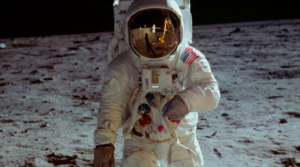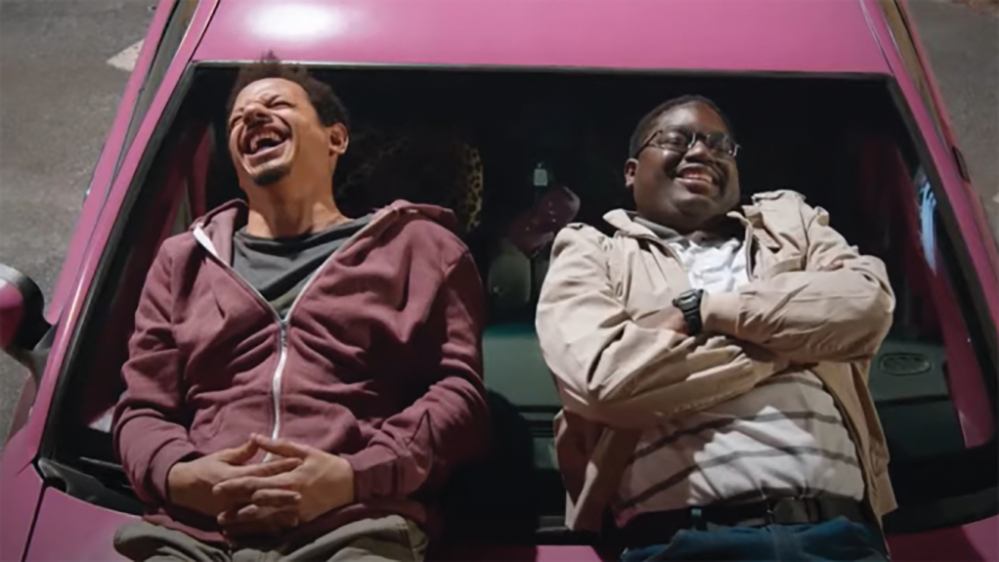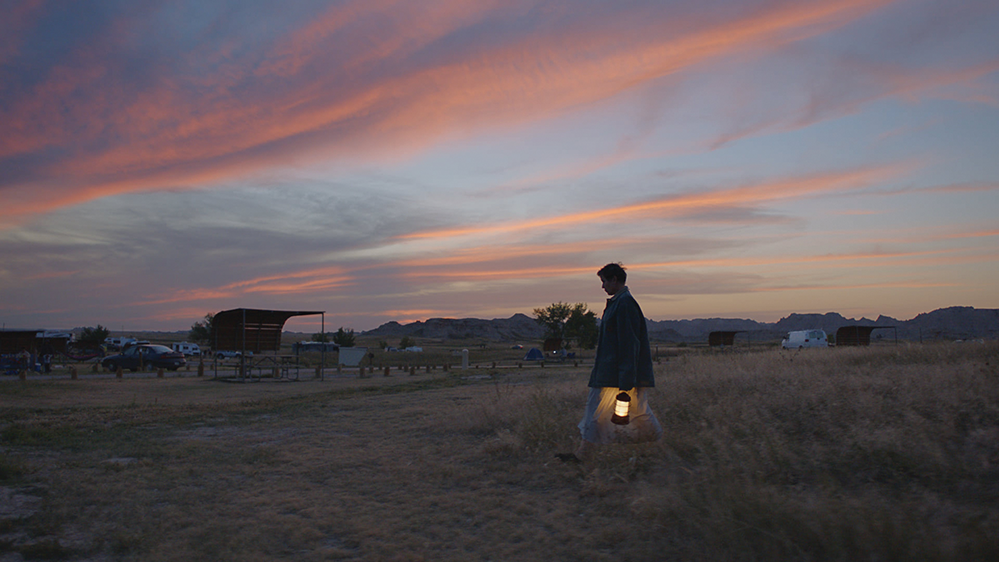★★★☆☆
From when the astronauts put on their suits to their landing in the sea, “Apollo 11” allows the audience to experience the awe of space travel in a series of breathtaking shots of the mission from the perspective of those who first explored the cosmos.
Directed by Todd Douglas Miller, “Apollo 11” showcases an array of authentic audio and visual film from the historic mission in 1969 that put Buzz Aldrin and Neil Armstrong on the moon, retouching the original footage to create vivid and original perspectives on images most Americans have viewed dozens of times. The film grants the audience an intimate look into this historical event using only archival material, allowing previous generations to relive the days of this groundbreaking feat and younger members of the audience to appreciate just how momentous this event was for a world that had never stepped foot off this planet.

The film begins with the roar of the crawler-transporters carrying the Apollo shuttle to its launching site at Cape Canaveral, Fla., and ends with the astronauts back home in quarantine following their trip to the moon and back. The mission control center in Houston and the Apollo 11 crew are in constant communication. The film gives its viewers the chance to hear the astronauts report their situation and their aerial view of earth to the observers at NASA. When Armstrong and Aldrin finally land on the moon, the audience witnesses the first moonwalk just like any family sitting in their living room would have experienced it on June 20, 1969.
From the retouched footage of Earth from the Apollo 11 spacecraft to the soundtrack, every piece of video and audio came from the period of the launch. The film’s audio consists entirely of news reports and the communication among mission control and the astronauts themselves. Even the sounds of the shuttle’s launch and the helicopter blades whirling were accurate to the event, making this film a truly authentic and unmissable experience of the nine days of the mission.
While the authenticity of this film is central to its allure, it also creates difficulties for its audience. Many of the images displayed were difficult to understand, from seemingly miscellaneous photographs of the astronaut’s families to ambiguous images of space itself. The flight footage was confusing, with the scientific measurements on the side of the screen the only indication of what was happening. For any non-expert audience with little insight into the world of space travel, a fair number of moments come up where it is nearly impossible to understand what you are looking at.
The visual images were not the only puzzling aspect of the film. The audio, which was just as grainy as one would expect of mission control communications from the 1960s, was difficult to appreciate. A perpetual stream of audio played over the videos of mission control and the flight, but it was muddled and hard to follow. There were no subtitles to clarify any sentences that were difficult to hear, and given that almost the entirety of the dialogue comes from 50-year-old communications equipment, many of the sentences were muddled.
While the film does a good job of compiling all of this audio and visual footage together, it lacks a clear and cohesive narrative for the audience to follow. Experiencing the film and audio solely as they exist in their original forms means there is no real context given to the situation, no expert opinions on the mission itself and no reflections by any members of mission control or the crew.
At one point it seemed as though Michael Collins, the third crew member of Apollo 11, had essentially disappeared from the mission, as the film never clearly indicated that he remained in the moon’s orbit while the other two astronauts descended to the surface of the moon in a detached pod. The film only panned back to his perspective after Aldrin and Armstrong finished their spacewalk.
Additionally, while the retro footage alluded to the mission taking place in the 1960s, there were very few moments when one could confidently place this event into its period. The space race between the United States and the Soviet Union played a significant role in the development of the space program, yet Russia only came up once.
Included toward the end was a telephone call from President Lyndon Johnson to the crew of Apollo 11 where he expressed the United States’ pride in them and his joy in the peace and goodwill their mission demonstrated. There was no sign that this event was more than just one of pride, ignoring the fact it was a decisive victory against the Soviet Union in the height of the Cold War.
The film ignored the role of women when recounting the impressive Apollo mission despite a woman being clearly included in the mission control images, and there were practically no people of color in the entire film. Everything in the footage represented the typical image of white America in the late 1960s, with no effort to address any of the global or social conflicts that directly related to NASA and the Apollo missions.
“Apollo 11” is an inspiring look at original footage from the United States’ mission to the moon, taking the audience on the mission through the lens of mission control or Armstrong. The film allows an older generation to relive the experience of watching a man walk on the moon but fails to help a younger audience navigate the general atmosphere and historical context of the period. For any space junkie, “Apollo 11” will serve as a great addition to already substantial knowledge of the Apollo mission, but any newcomer may want to first gain a deeper knowledge of space travel to truly appreciate this film.



















